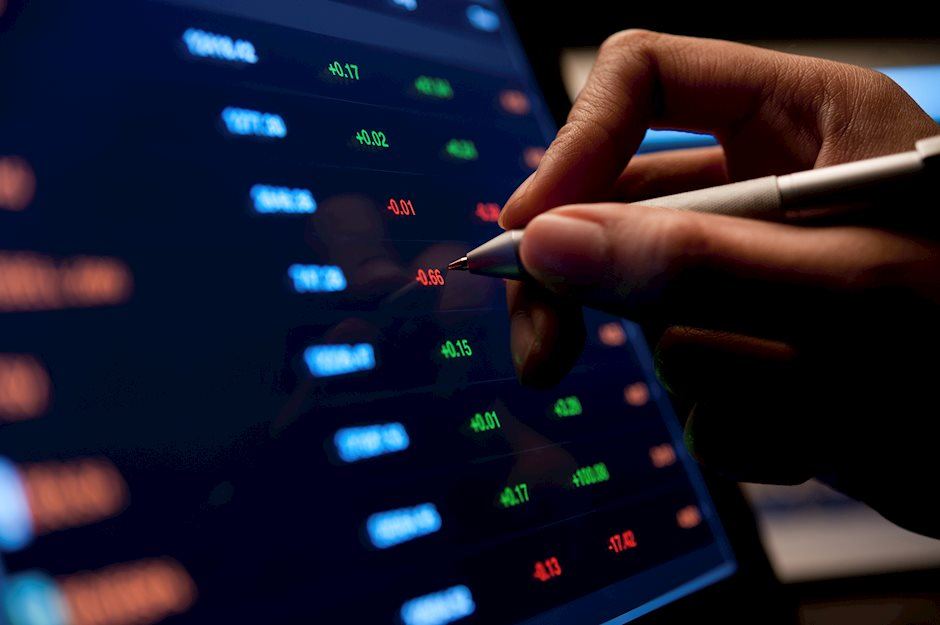Why You Need to Know About “Pro Forma” Versus GAAP Earnings

I’m a forensic accountant, so I love earnings season.
Four times a year, companies release their financial and operating numbers to the public. It can be chaotic, even though you could all but set your watch to it.
It’s a regular market mover. When you hear about companies that meet, beat, fell short of failing, or, yes, cheated “expectations,” it’s all about the quarterlies.
For people like me who dig through the numbers – whether it’s to find the tucked-away gems of the market like I do in Hidden Profits, or to root out the Potemkin Village companies like I do in Forensic Investor – earnings season is crucial.
We’re on the brink of the next big data release, so dive into some of the numbers with me.
Recent reports from CNBC, USA Today, and other news outlets suggest that the coming earnings season could be surprisingly strong for U.S. stocks – basically, a continuation of the market rally that began after the November election. They further assert that there’s still too much pessimism about owning stocks and that bodes well for future returns.
I’d like to use a highly technical term in response, if you don’t mind: Hogwash.
According to CNBC, earnings are up 12% versus the same quarter a year ago. While earnings may appear to be strong, they are increasingly a mirage as we enter the ninth year of this bull market.
More and more companies are resorting to “pro forma” results versus Generally Accepted Accounting Principles (GAAP). And the GAAP is widening. By 2015, GAAP profits were 25% below “pro forma” results. That’s the largest disparity since the bull market began.
Meanwhile, 75% of companies beat earnings estimates. But only 60% topped revenue forecasts. What’s more is that revenue figures can be and often are manipulated as much as bottom-line results. There are numerous ways to pull the wool over investors’ eyes and show top-line growth that’s nothing more than accounting fiction.
Although second-quarter revenue growth will certainly strengthen the bulls’ resolve, it’s the quality of that revenue growth that matters.
Unfortunately, most investors will have no clue about quality. In this era of 140-character sound bites, you have to dig deep into the company’s regulatory filings to determine if the reported numbers are true and sustainable.
My own earnings quality software is flashing more signs of trouble than at any period in recent memory – and I’ve worked through my share of crashes and busts.
Market sentiment and valuations are also frothy.
For example, the Ned Davis Research sentiment composite, which combines numerous market polls, stands at 67.8. Historically, sentiment in excess of 61.5 is too optimistic, with annualized returns of just 2.7% after that level’s been breached. That’s barely above the S&P 500 dividend yield.
Sentiment recently topped out at 73.4 – history tells us it’s never been profitable to own stocks at these levels.
A few people are less bullish than a month or two ago, but sentiment has yet to normalize. Many of the market’s recent gains could quickly be wiped out should the sentiment pendulum swings the other way.
Then you have valuations. There have been suggestions that there’s a “new normal” of higher price-to-earnings ratios than the market has historically witnessed. That could be true, although no one knows what level that might be.
And every time I hear “this time it’s different,” I run the other way.
It’s never different this time. Markets change, the companies that lead the market change, the operators change, but human nature never changes.
Markets tend to overshoot. In both directions.
The median price-to-sales ratio on the S&P 500 is the highest ever, at a time when more and more companies resort to accounting gimmicks so their own numbers to satisfy Wall Street’s short-term quarterly expectations.
While the market could certainly climb higher than these levels, the risk/reward relationship becomes less favorable each passing day.
If history is any guide, about 75% of the companies in the S&P 500 will “beat” earnings. That means very little, however, if management goosed the numbers through accounting chicanery and overstated long-term sustainable cash flow. It’s been going on for decades, with increasing use in recent years.
Unfortunately, it’s the individual investor that’s last to know and gets caught holding the bag.
Be careful out there, and be vigilant about protecting your capital and managing risk.
Author

Dent Research Team of Analysts
Dent Research

















